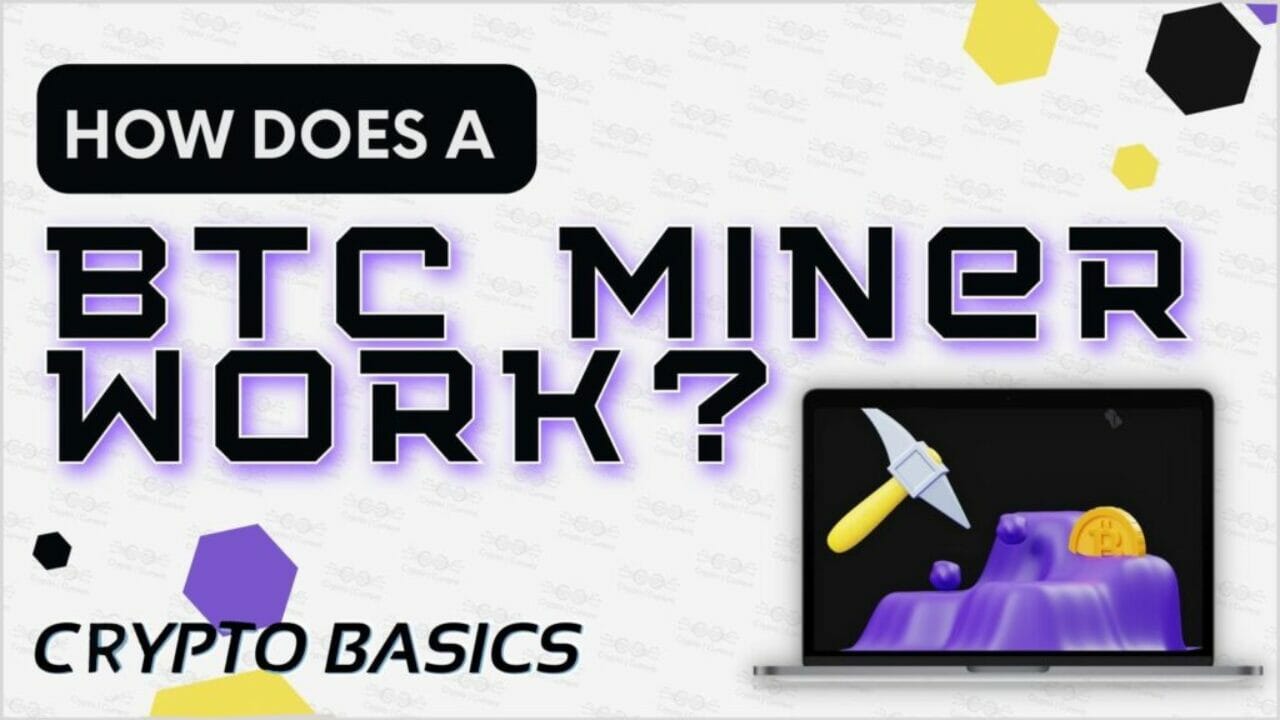How Does a BTC Miner Work?
By now you would have heard that there will only be 21 million Bitcoins. These Bitcoins will be created by mining.
In Bitcoin mining, people lend their computing processing resources to validate Bitcoin transactions. This mining process also generates new Bitcoins (BTC) as an incentive for miners.
Validation is necessary due to the decentralized nature of BTC. With no validation mechanism, hackers could use the same coins for more than one transaction at the same time. Therefore, apart from providing security, mining makes trustless BTC transaction verification possible.
As long as the value of your generated BTC is more than the operational cost, you will generate a profit from mining.
Process of Bitcoin mining
The computers of miners are called nodes. Nodes stack all the transactions that occurred in the last ten minutes into blocks after collecting them. Ten minutes is the fixed standard BTC block time. After this, the nodes compete with each other in trying to solve a mathematical cryptographic puzzle to validate all the transactions in that block.
When a miner solves the puzzle, a signal is sent to the entire network, inviting the other miners to verify the solution. After verification, the new block gets attached to the blockchain.
The network then rewards all the nodes as an incentive for participating.
This article explains, in a beginner-friendly way, how exactly a Bitcoin miner works. Give it a read here: Click To TweetThe difficulty of the complex mathematical puzzles keeps increasing incrementally as the number of mined BTC increases. More difficulty means more computational resources are needed.
BTC mining provides a very important security layer to the network. If someone wants to alter the details of transactions on the blockchain, they would have to provide the 51% computing resources of the whole Bitcoin network. Such a huge cost makes any attempt to hack or alter the network almost impossible.
Mining Equipment and Types
Mining can be of two types, solo or pool mining. In mining pools, users combine their computational power in a single pool after agreeing to get rewards according to their share.
It’s not economical to use normal CPUs or graphics cards to mine BTC. You should get a specialized mining device called Application Specific Integrated Circuit (ASIC). The speed of these devices is often expressed in ‘Hash Rate’. Hashes are the codes with a fixed length that the device generates to find the new blocks.
You should also check the electricity consumption (in watts) of your ASIC device before buying. For instance, if you have to decide between two miners with exactly the same hash rate, you should get the one that has higher energy efficiency.
If you want to learn more about the security of blockchain then read this article on blockchain hacking.

Suleman is a part-time crypto writer and full-time book addict. He holds a master’s degree in Chemical Engineering. Nothing excites Suleman like a well-organized fundamental analysis for long-term investment.










